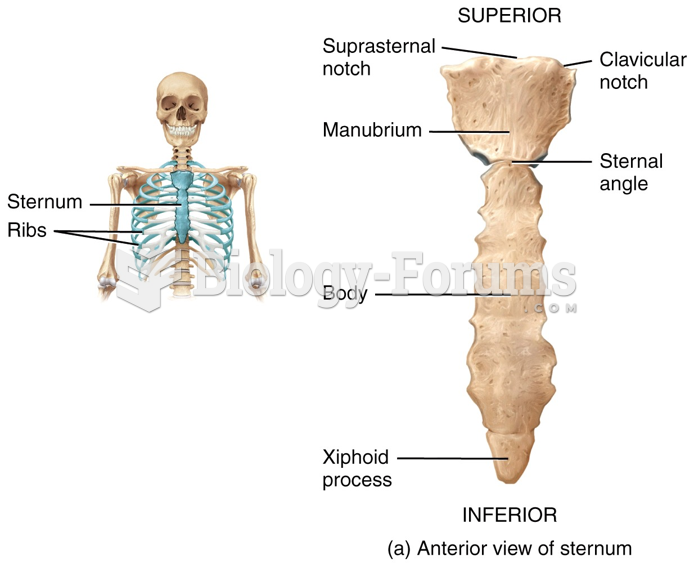Answer to Question 1
ANS: D
A. Incorrect response: Lung overdistention may cause barotrauma or volutrauma, but overdistention is not the same as subcutaneous emphysema.
B. Incorrect response: Subcutaneous emphysema can be considered a form of ventilator-induced lung injury. However, the term ventilator-induced lung injury (VILI) should not be considered synonymous with subcutaneous emphysema. VILI is a broader and more encompassing term, and involves barotraumas, volutrauma, atelectrauma, and biotrauma.
C. Incorrect response: Perivascular edema has no relationship with subcutaneous emphysema.
D. Correct response: Subcutaneous emphysema presents as pockets of air or gas under the skin of a patient receiving mechanical ventilation. The air pockets tend to arise in the neck and anterior chest, and produce a characteristic crackling sound and sensation called crepitus when palpated.
Subcutaneous emphysema occurs with or without pneumothorax. Although subcutaneous emphysema is usually not a life-threatening complication of mechanical ventilation, its presence should be interpreted by the therapist to mean that more serious and potentially life-threatening complications are possible.
Answer to Question 2
ANS: C
A. Incorrect response: When a patient is supine, the pulmonary perfusion gravitates toward the posterior surface of the lung.
B. Incorrect response: Taking a deep breath is not the issue. What becomes problematic is the manner in which the extra-alveolar air becomes distributed over the patient's anterior thorax when the patient is in the supine position.
C. Correct response: When the patient is erect, pleural air accumulates in the apex of the thorax. However, if the patient is supine when the radiograph is obtained, the highest part of the thorax is over the anterior surface of the lung. Therefore, a small pneumothorax may be difficult to detect.
D. Incorrect response: When a patient is supine, the pulmonary perfusion gravitates toward the posterior surface of the lung.







